Replenish Your Body and Mind at Jeonju Hanok Village Dulle-gil Trail

The city of Jeonju selected Jeonju Hanok Village Dulle-gil Trail and Gunjisan Yaet-gil Trail as Slow-gil Trails. The Slow-gil Trails are certified by the international ‘Slow City’ (Cittaslow) Movement. The ‘Slow City’ indicates finding some ease and harmony within the busy modern city life. The laid-back atmosphere of Jeonju Hanok Village is the case in point. The ‘Slow City’ is an apt word for describing Jeonju.

In this post, I’ll introduce Jeonju Hanok Village Dulle-gil Trail, which is selected as one of Jeonju’s Slow-gil Trails. The Hanok Village trail passes through Jeonju Craft Exhibition Hall, Yangsajae, Jeonju Hyanggyo, Hanbyeokdang, Chimyeongjasan Sanctuary, Gaksi Bawi, Jeonju Ecomuseum, Jeonju Jaman Mural Village, and Omokdae. The whole trail takes about 2.5 hours.
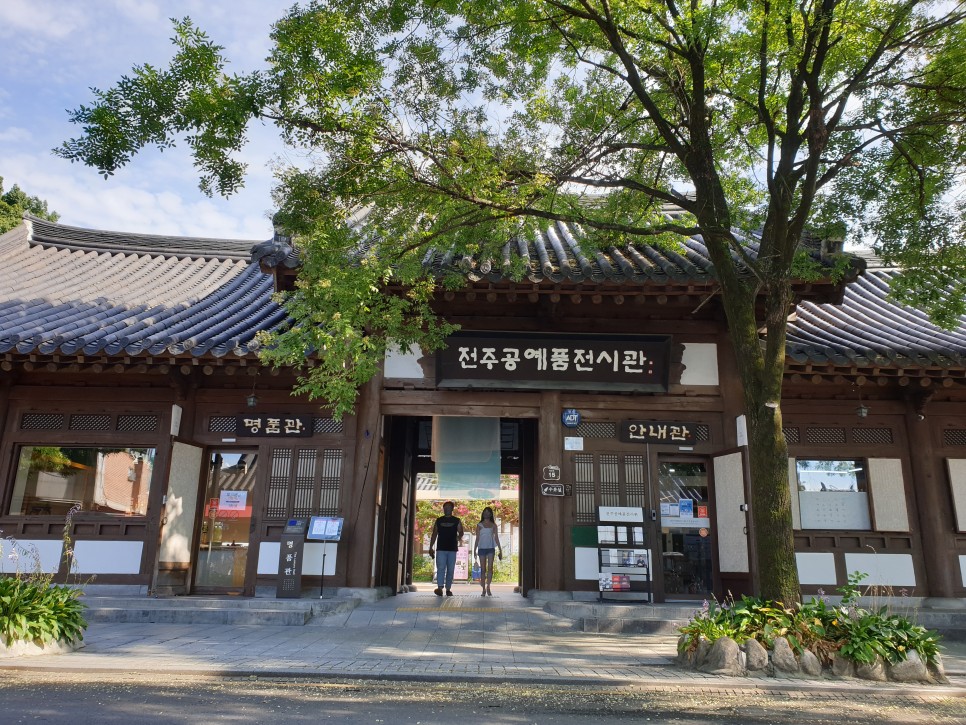
The Hanok Village trail starts at Jeonju Craft Exhibition Hall. Here, visitors can see and purchase craftworks such as fans or bamboo crafts by the local masters and artists. (closed on Mondays)

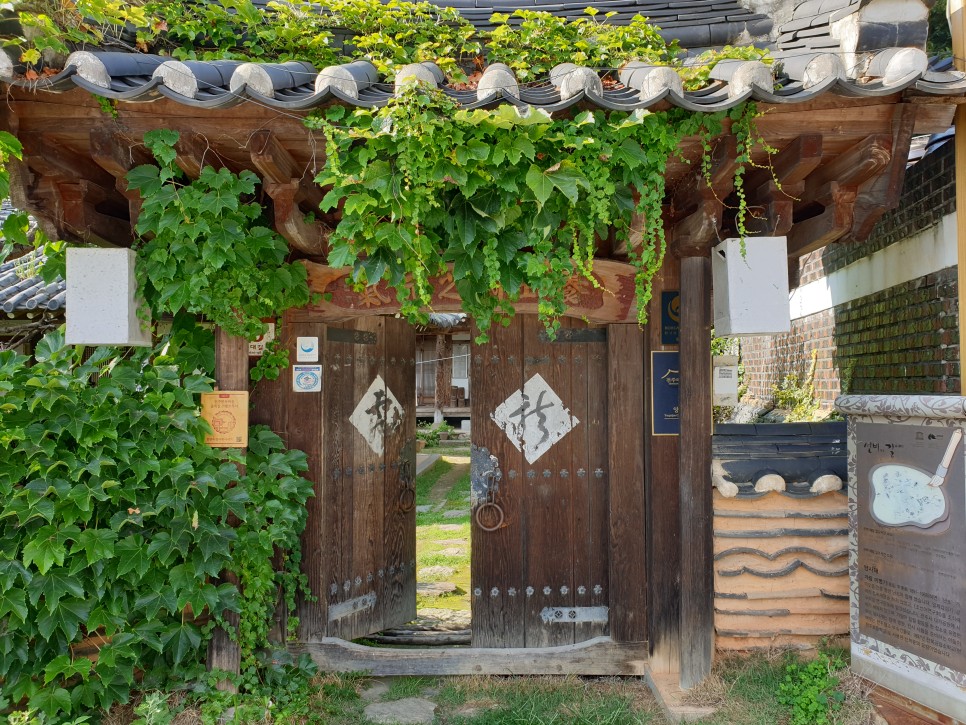
Yangsajae used to host people preparing for civil servant exams during the Joseon Dyansty. Currently, Yangsaje is a guesthouse for visitors.
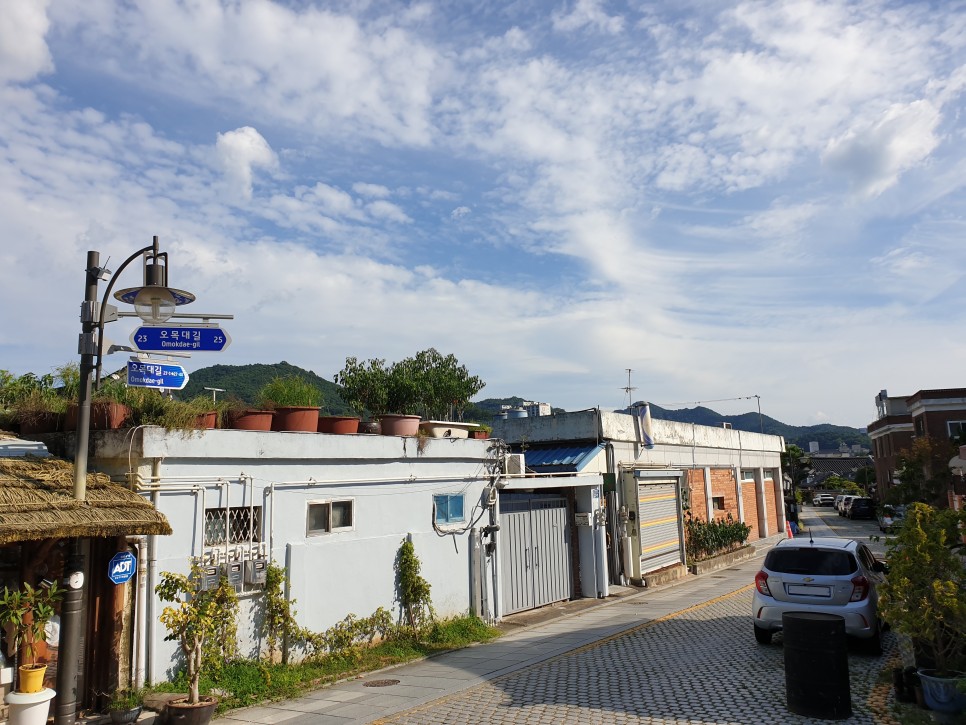
I walked past Yangsajae and, at the end of the alleyway, turned right. The name of the street is Omokdae-gil. It takes only five minutes’ walk from here to Omokdae.
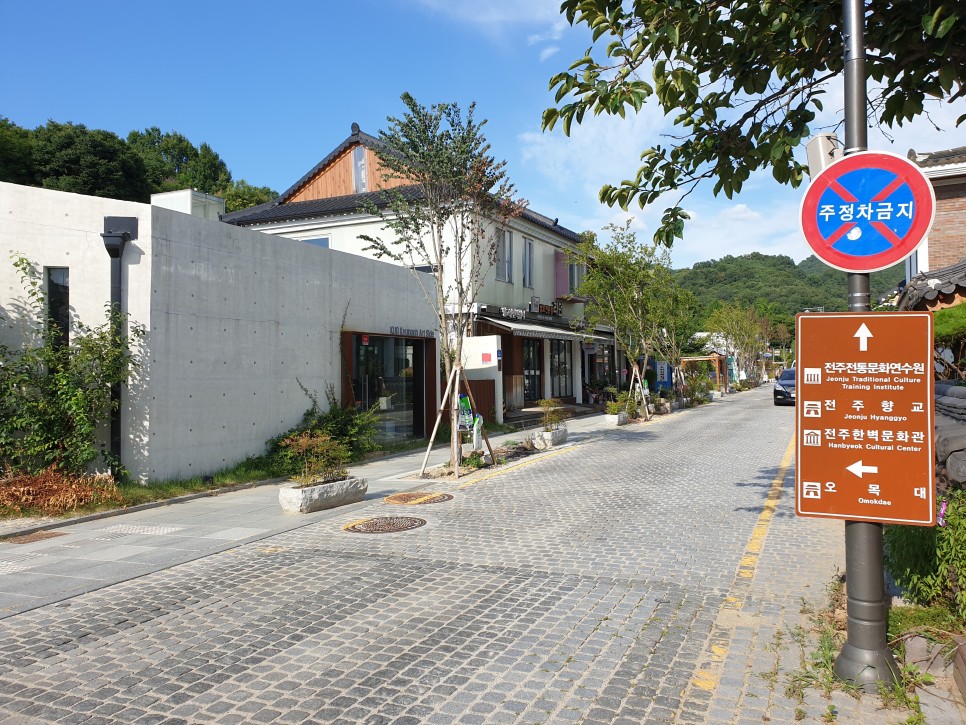

I exited the alleyway and came across the signpost. It might be a good idea to buy and write a postcard at the old Gyodong Post Office.
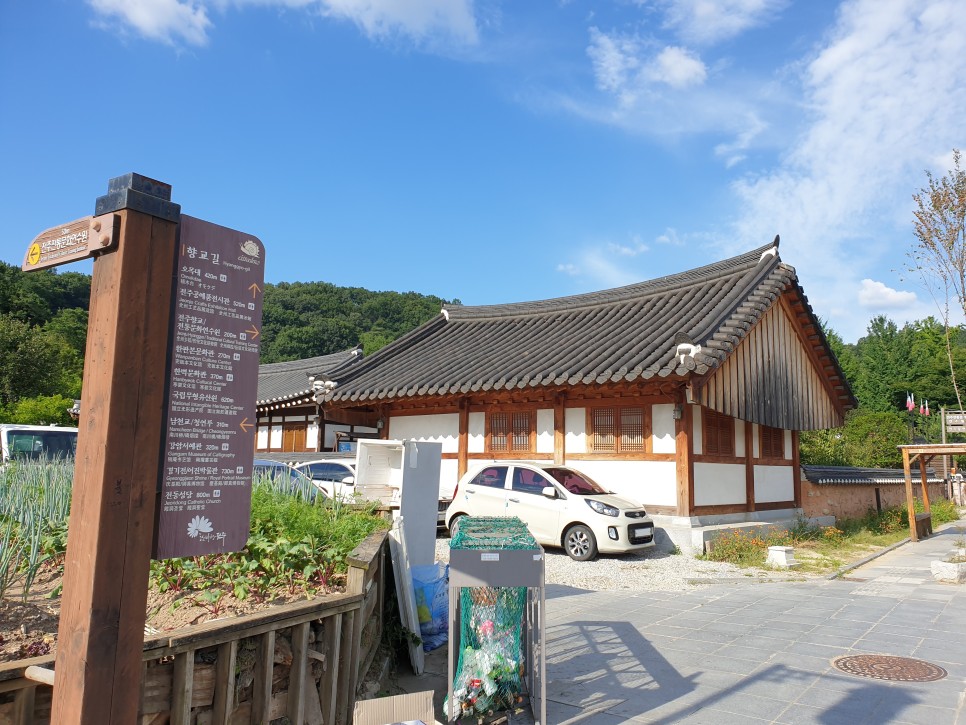
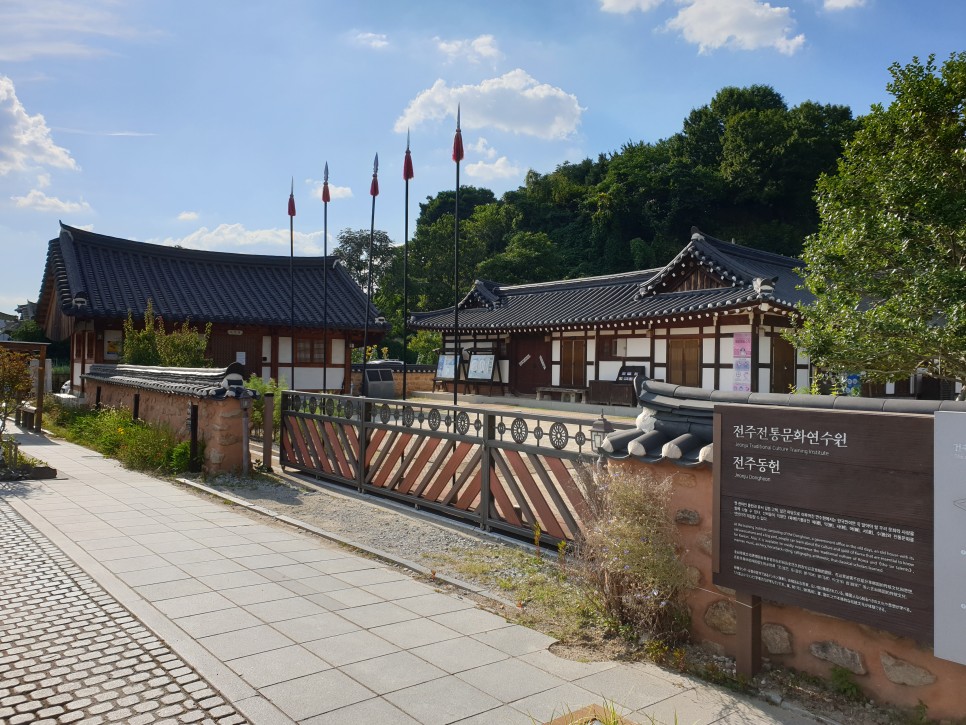
The signposts are conveniently located at Jeonju Hanok Village. The buildings on the photos are Jeonju Dongheon, an old local government office. Now, Dongheon runs cultural experience programs for visitors.
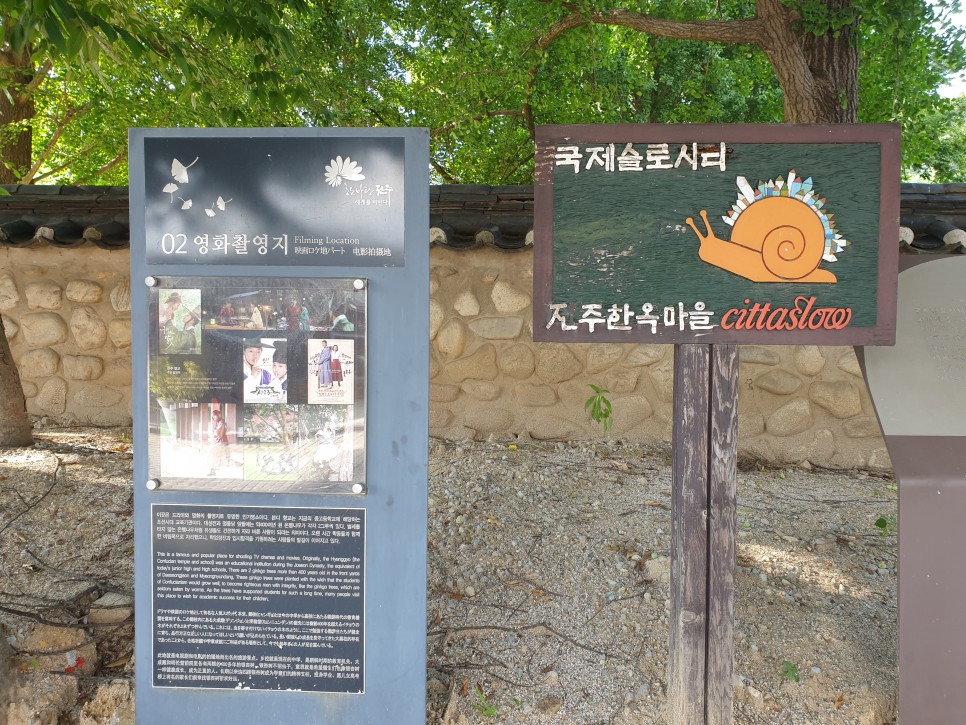
I came across the Cittaslow signpost. Cittaslow (‘Slow City’) is a movement inspired by the ‘Slow Food’ movement. Cittaslow’s objective to improve the quality of life in towns by slowing down its overall pace. I guess that objective very much fits Jeonju.
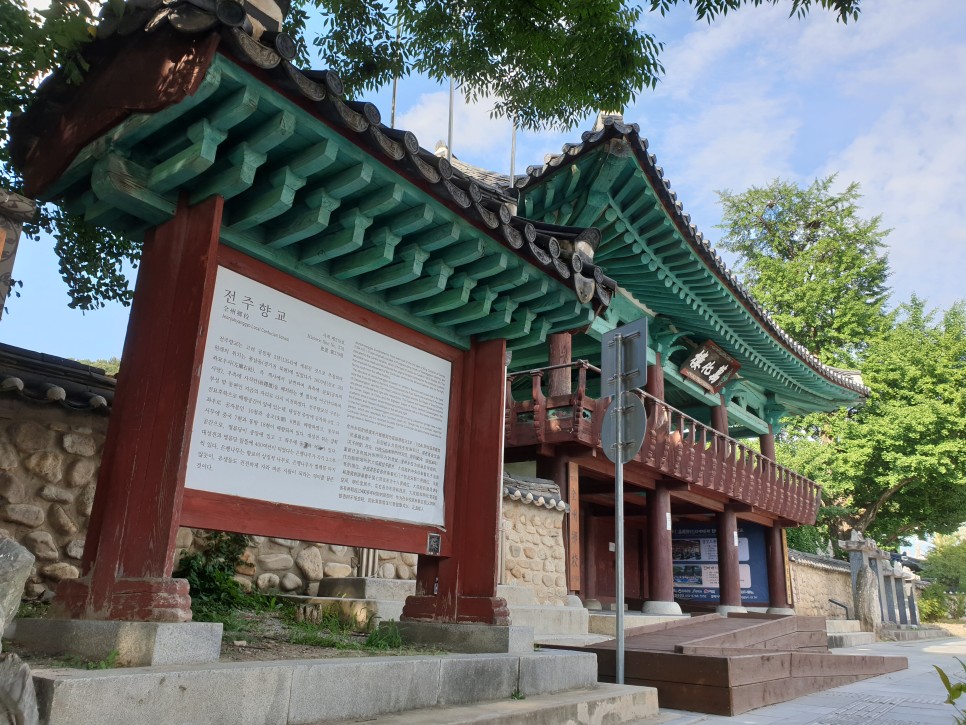
Jeonju Hyanggyo (Confucian School) is located right next to the Cittaslow signpost. Originally built in 1354, Jeonju Hyanggyo is famously appeared in several Korean dramas. The space is famous for the giant gingko trees, which symbolize the righteous Confucian scholars.
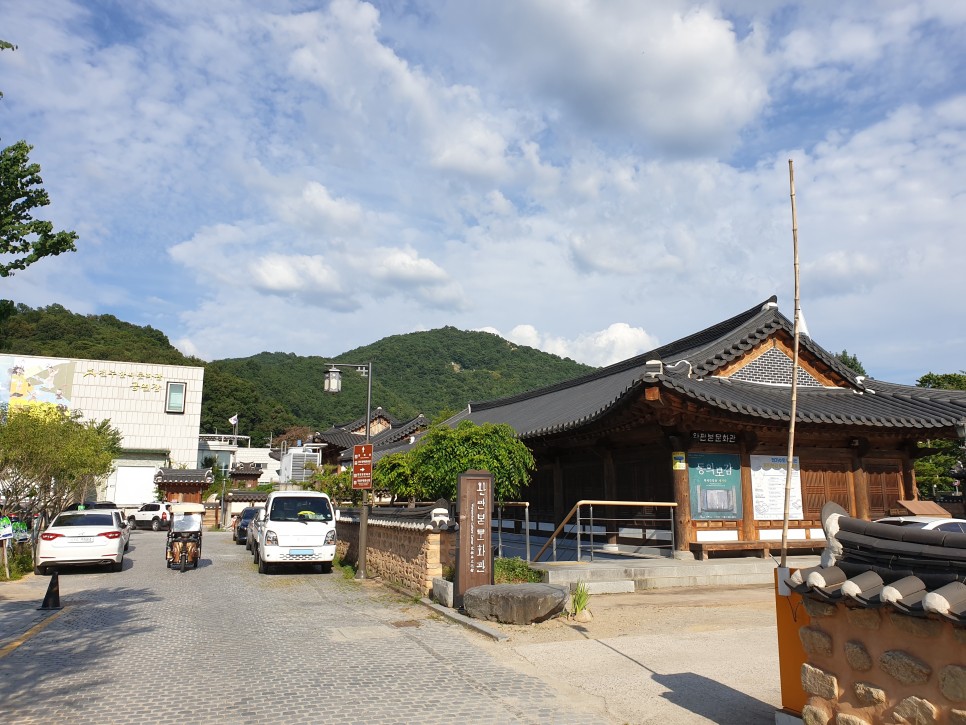
This is Wanpanbon Culture Center in front of Jeonju Hyanggyo. The Center’s purpose is to preserve the various local publications and highlight Jeonju’s history as the center of publishing industry and culture.

I kept walking next to elegant hanok buildings and arrived at the Omokgyo Bridge. The Joseon Dynasty King’s flags were installed on the bridge. On the other side of the bridge is Jeonju National Intangible Heritage Center (NIHC). It is the world’s first administrative institution dedicated to safeguarding and transmitting intangible cultural heritages of humanity. Currently, the NICH conducts research, archiving, exhibitions, performances, educational programs, and support for the Masters of ICH.
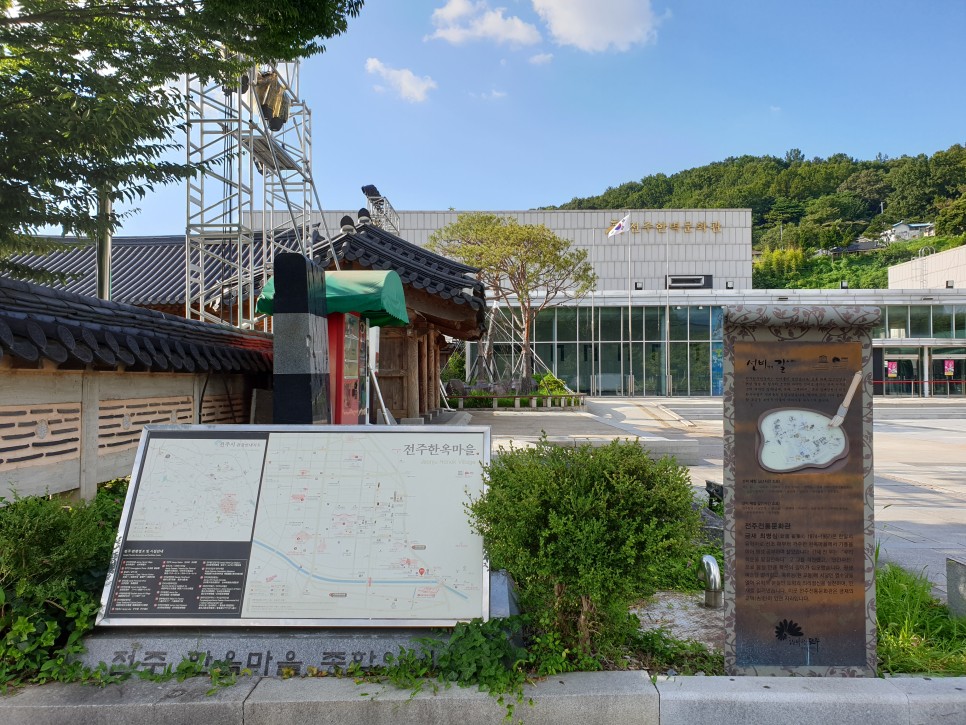
On the way to the Hanbyeokdang Pavilion is Jeonju Hanbyeok Culture Center. The center is a cultural space where people can enjoy various performances including traditional music, dance and comedy shows. Also, the center hosts cultural education programs and traditional Korean marriage ceremony.

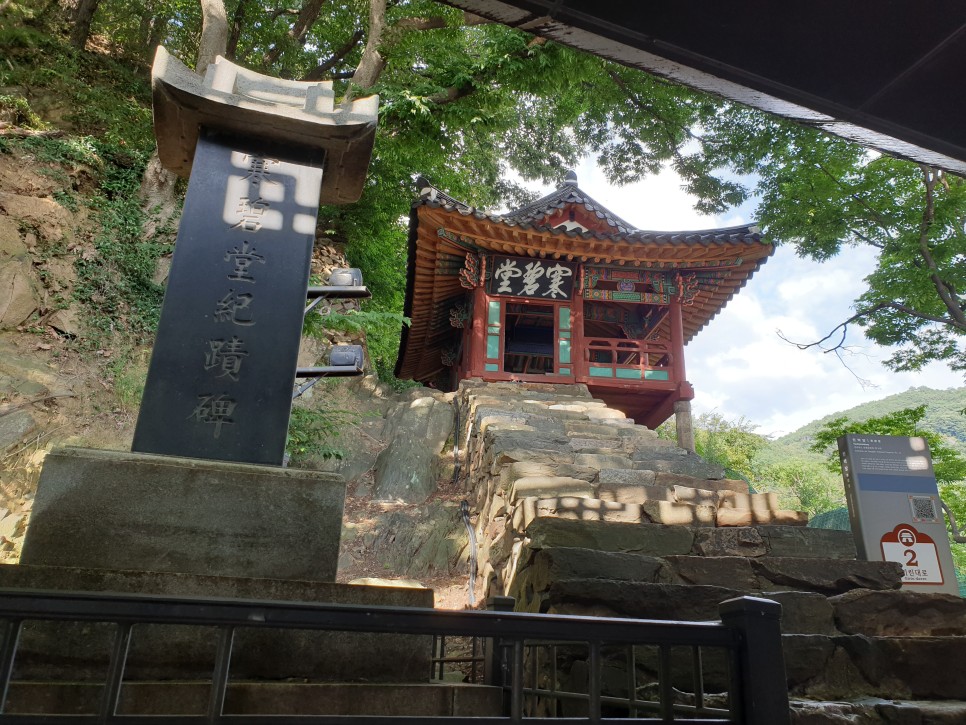
I arrived at the Hanbyeokgyo Bridge. As I enter the passage under the bridge, I suddenly felt my surroundings changing, from urban to nature. Under the Hanbyeokdang Pavilion runs the Jeonjuchun River.


I rested a bit at the Hanbyeokdang Pavilion before hitting the trail again. The trail next to the river seems good for riding bike or jogging.
The signpost says that this trail started in 2009.
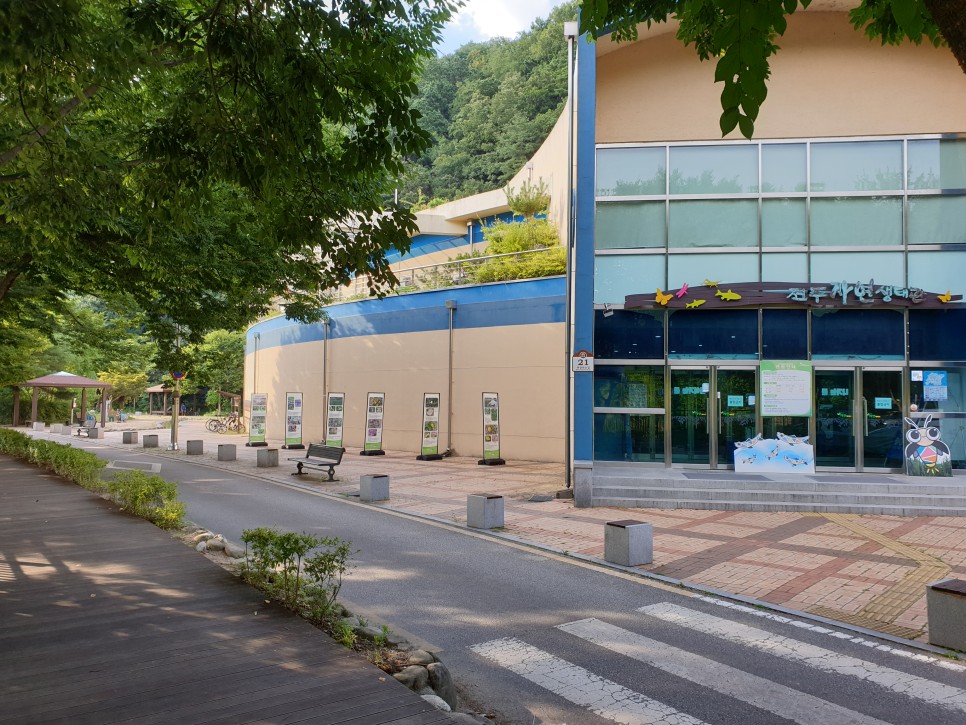
Jeonju Ecomuseum is dedicated to the local animals and plants that you might come across if you walk the trail.
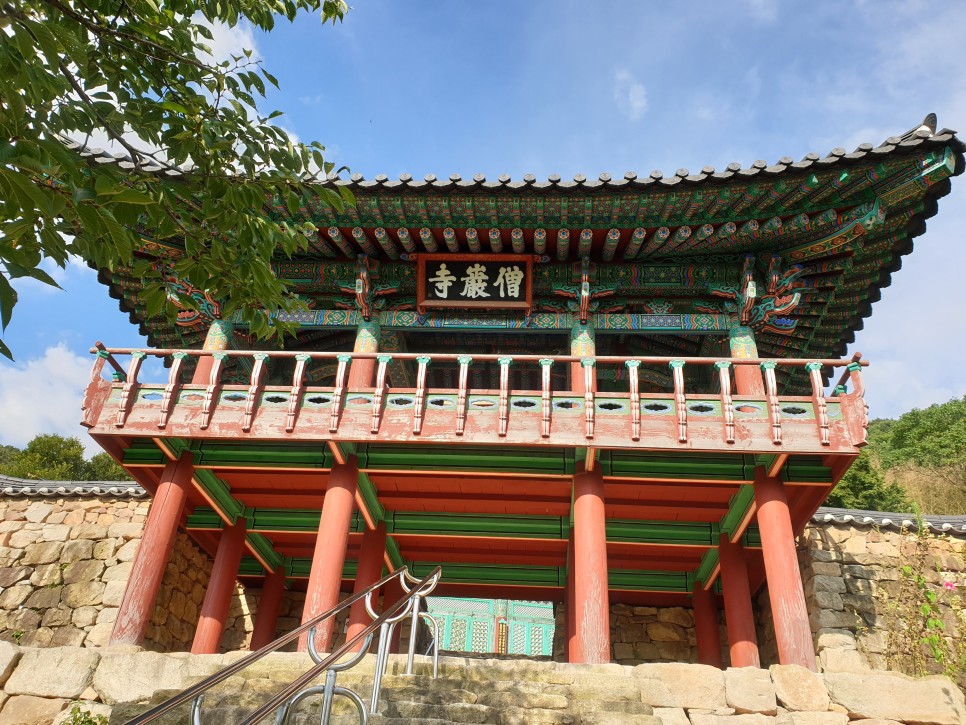
I kept walking past the ecomuseum and arrived at Seungam-sa Temple.
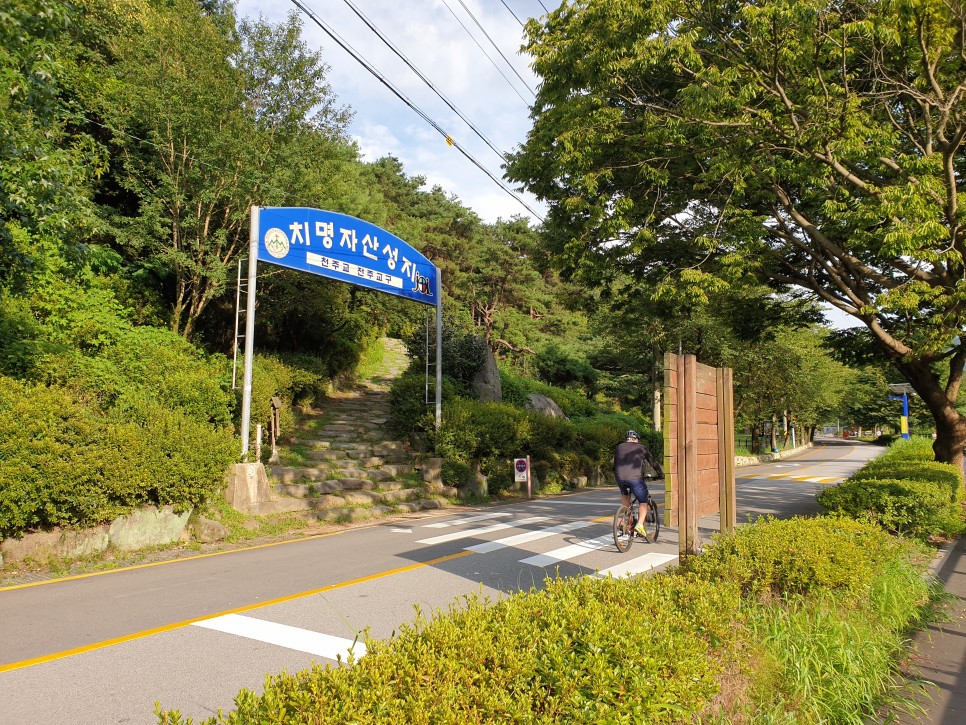
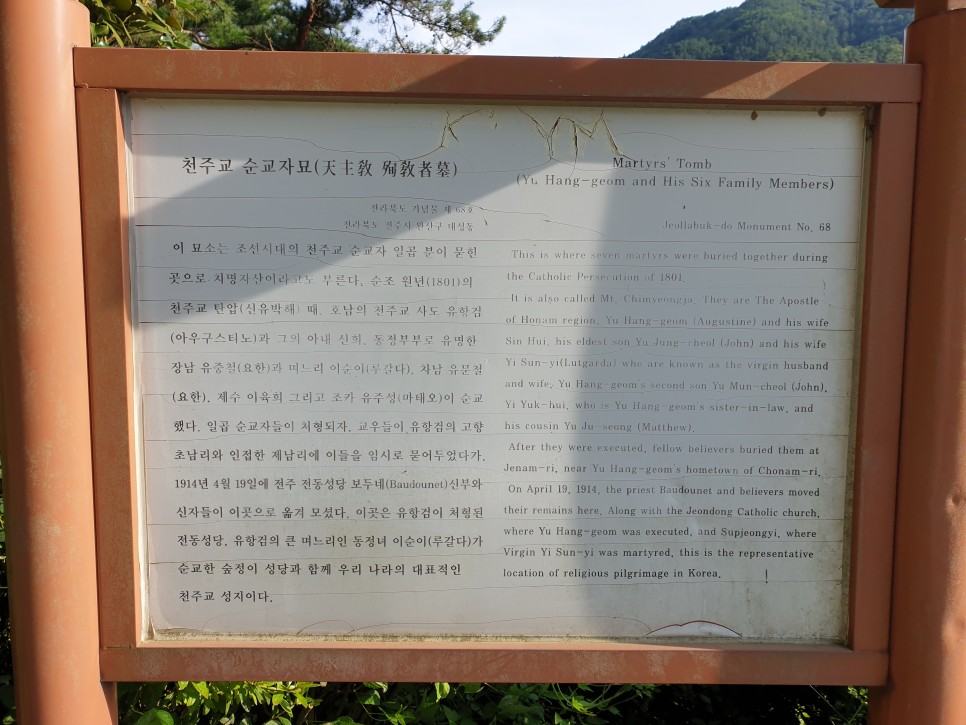
I headed to Chimyeongjasan Sanctuary, where the first local Catholic martyrs are buried.
The martyrs were executed in 1801 for spreading Catholic.
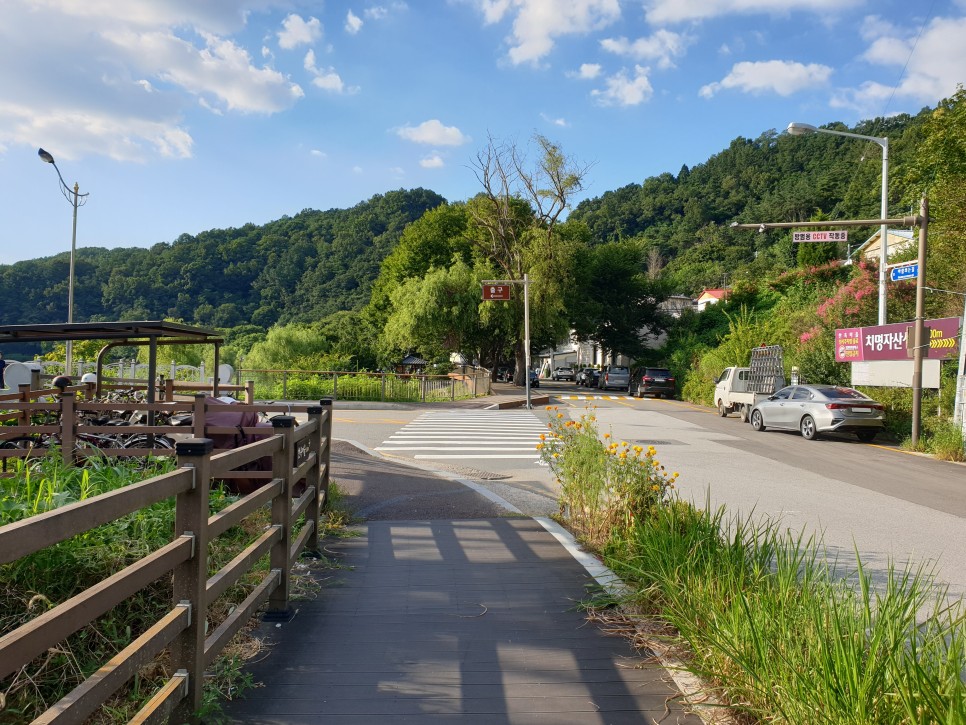
I returned to the Hanbyeokdang direction. I kept walking straight towards Jeonju Ecomuseum.
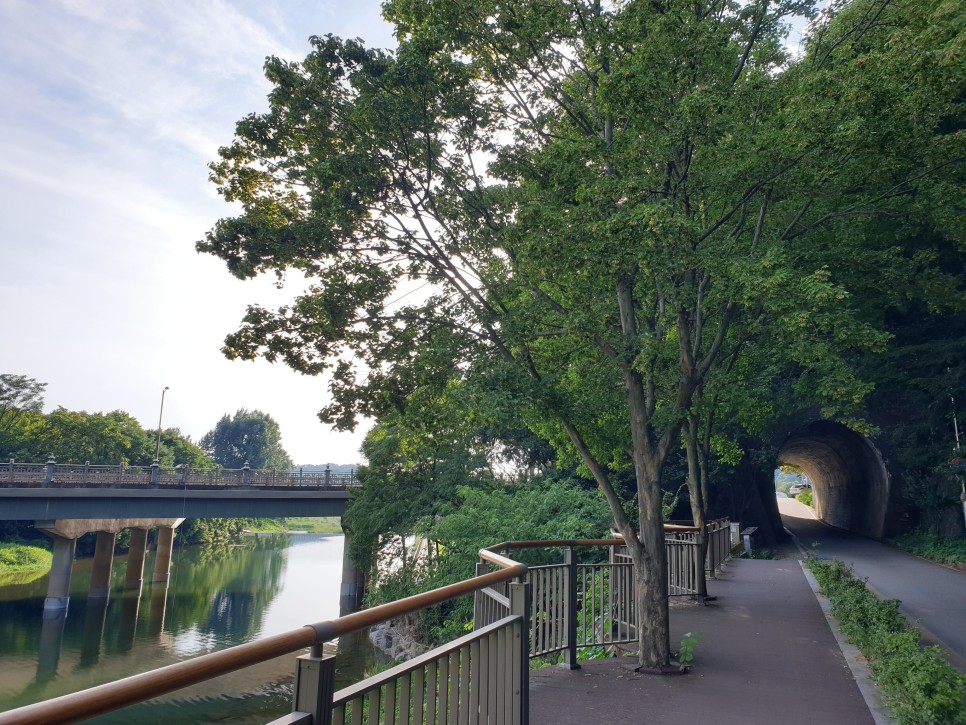

I came across the Hanbyeok-gul Tunnel. The tunnel was built during the Japanese colonial era. The tunnel is rather narrow, but short.
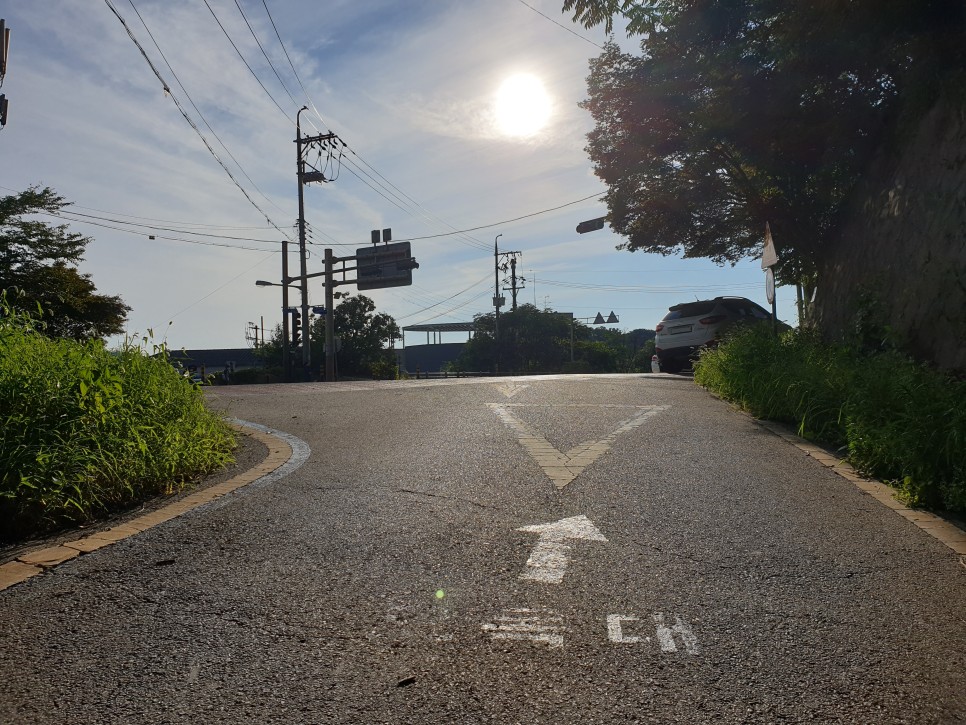
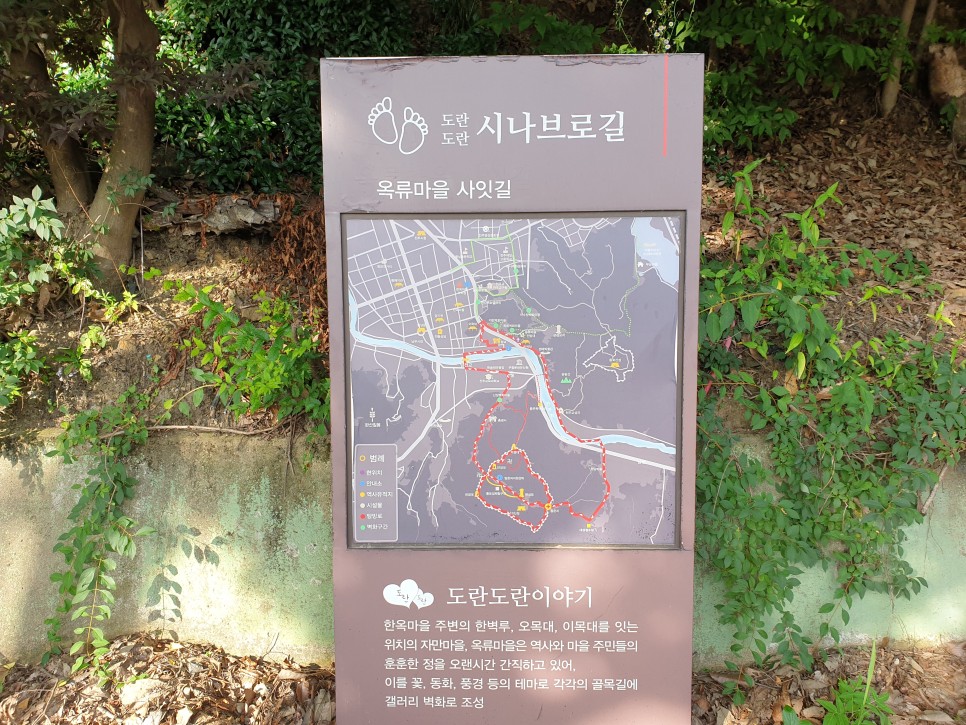
I entered the ‘Doran Doran Sinabro’ trail that passes through the most famous attractions in Jeonju. I’ll visit Okryu Mural Village, Jaman Mural Village, and the Omokdae Pavilion.
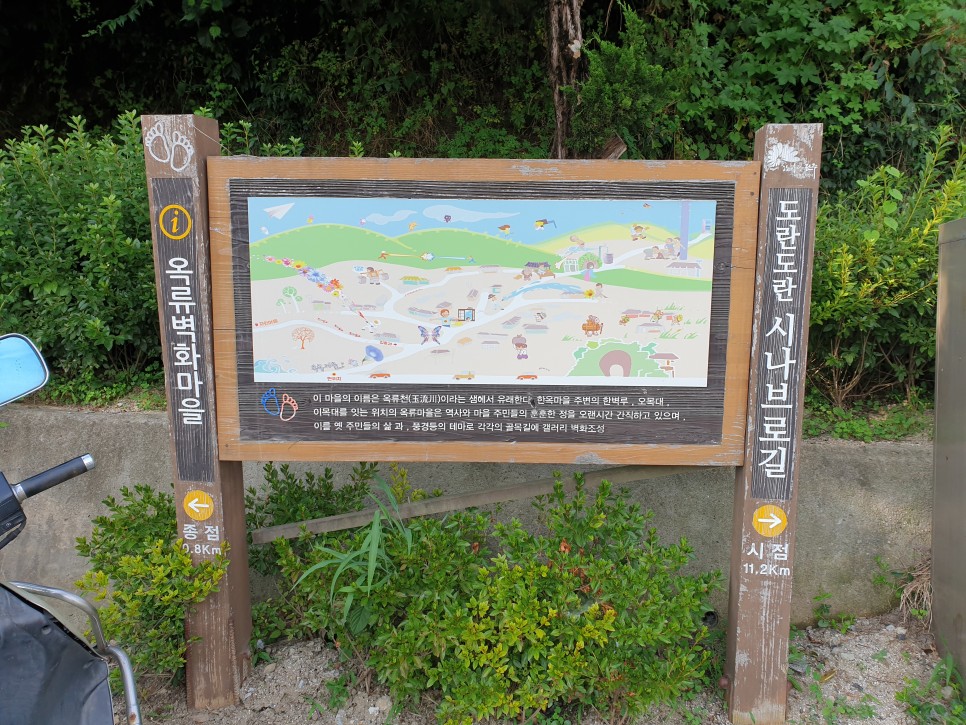
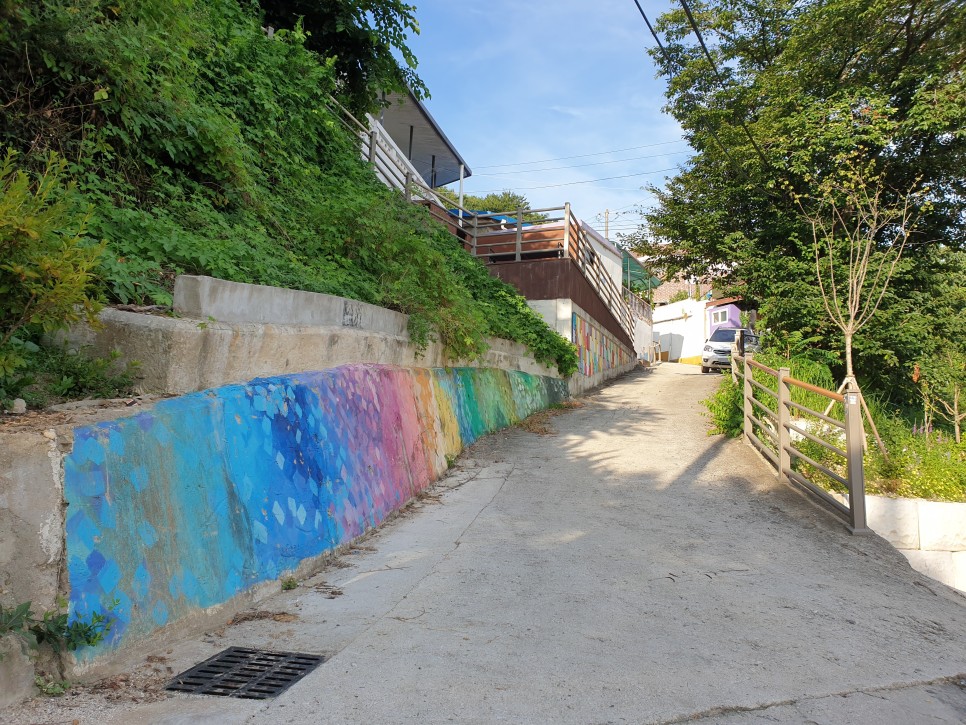
I arrived at Okryu Mural Village. The murals drawn on the alleys depicted the local lives and sceneries of the past.
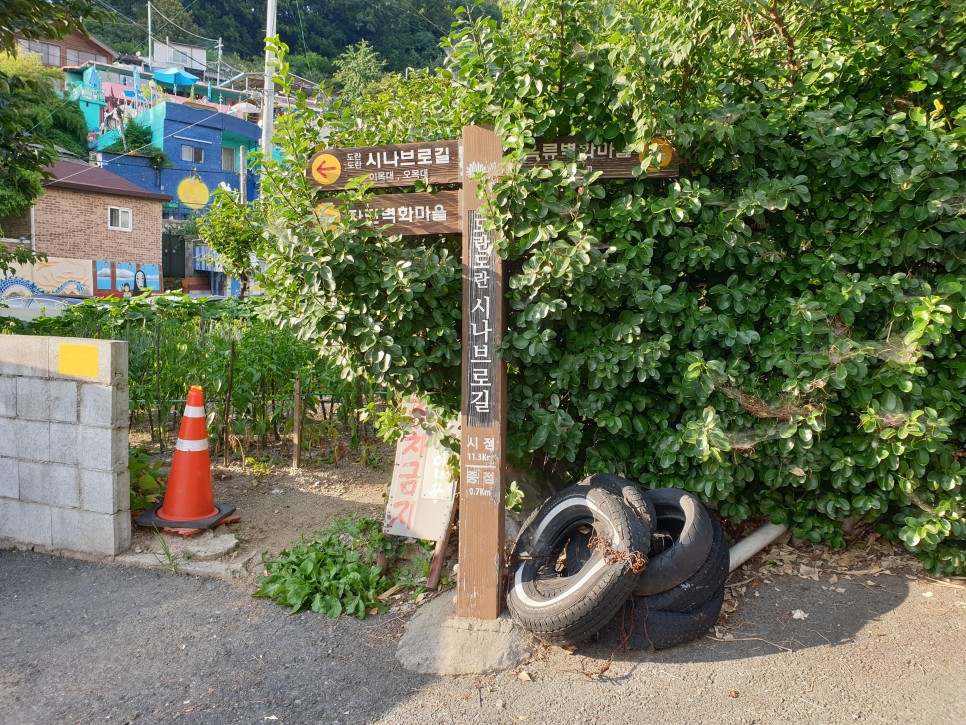

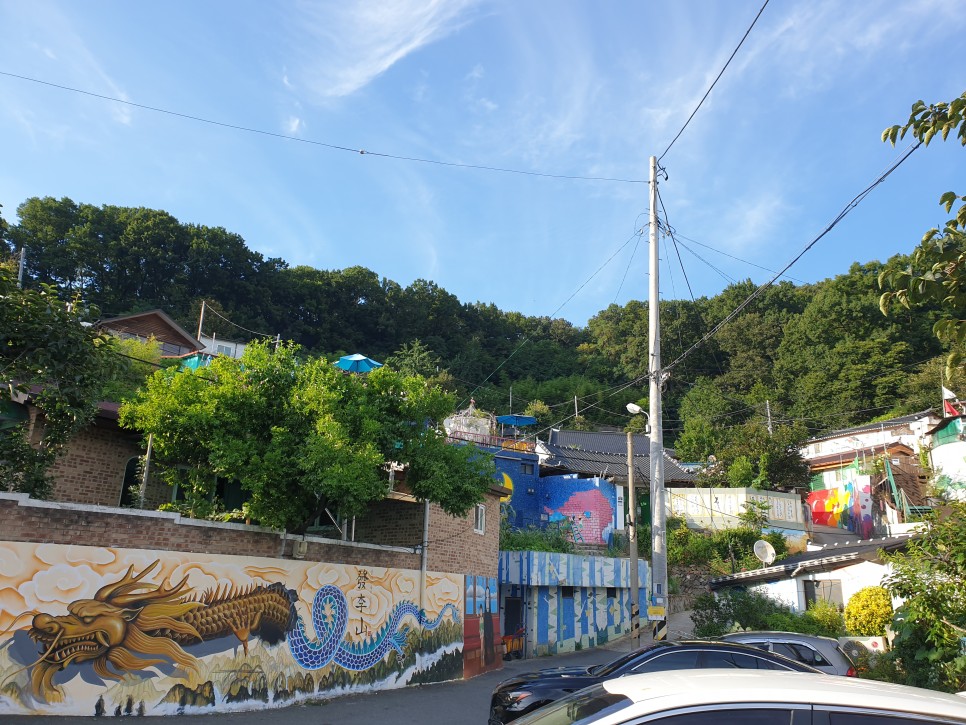
The left of the signpost is Jaman Mural Village and the right is Okryu Mural Village. I walked the slope to visit Jaman Mural Village.
Jaman Mural Village used to be a poor village transformed into a popular tourist attraction.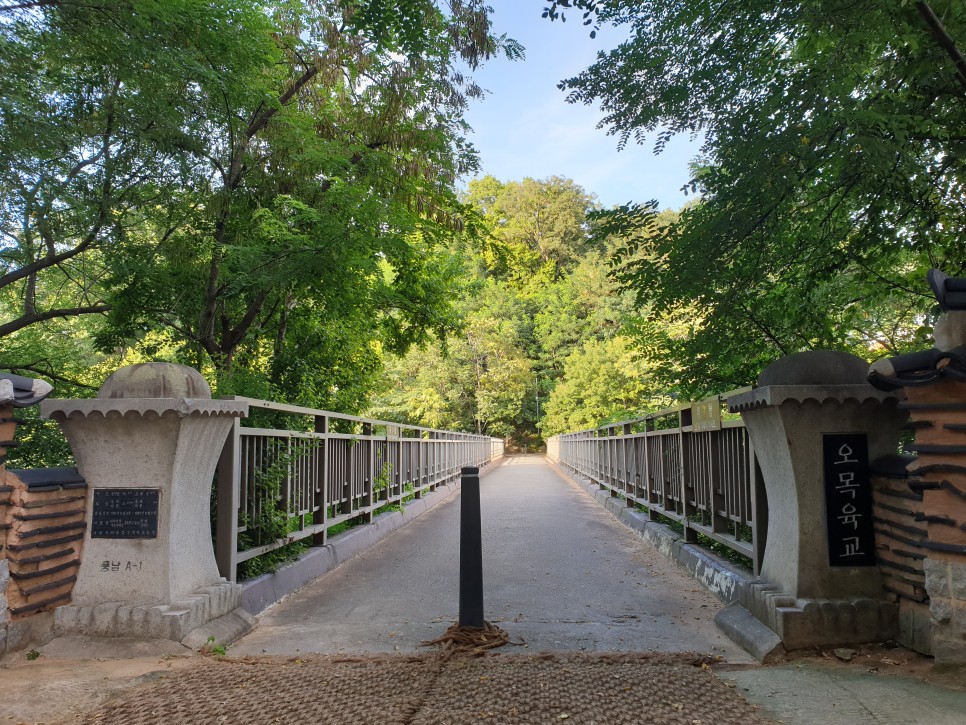
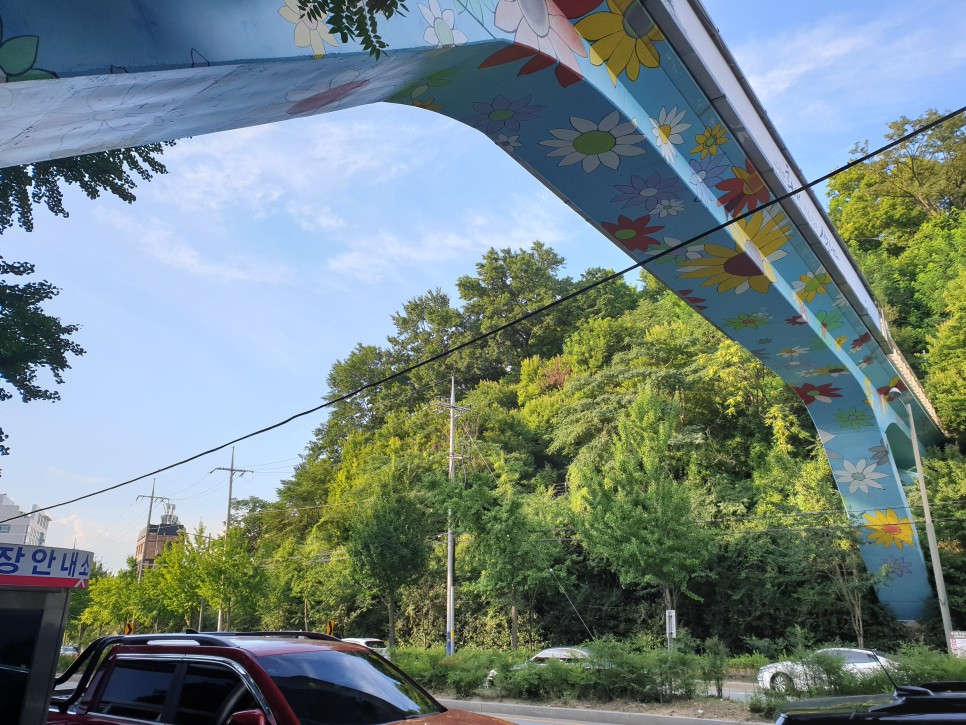
I recommend visiting both Okryu Mural Village and Jaman Mural Village. They are next to each other. Also, all the murals are quite unique, and you never know beforehand which ones will win your heart.
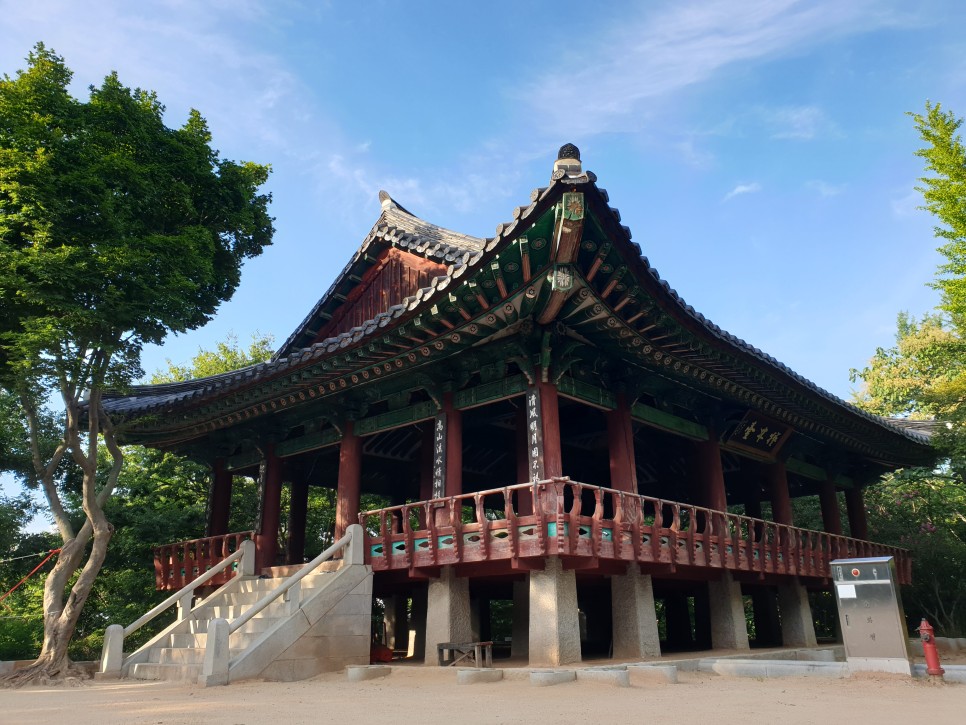
I walked towards the overhead bridge (Omok Yookgyo). The above photo is the overhead bridge from above. The bridge directly links Omokdae and Jaman Mural Village.
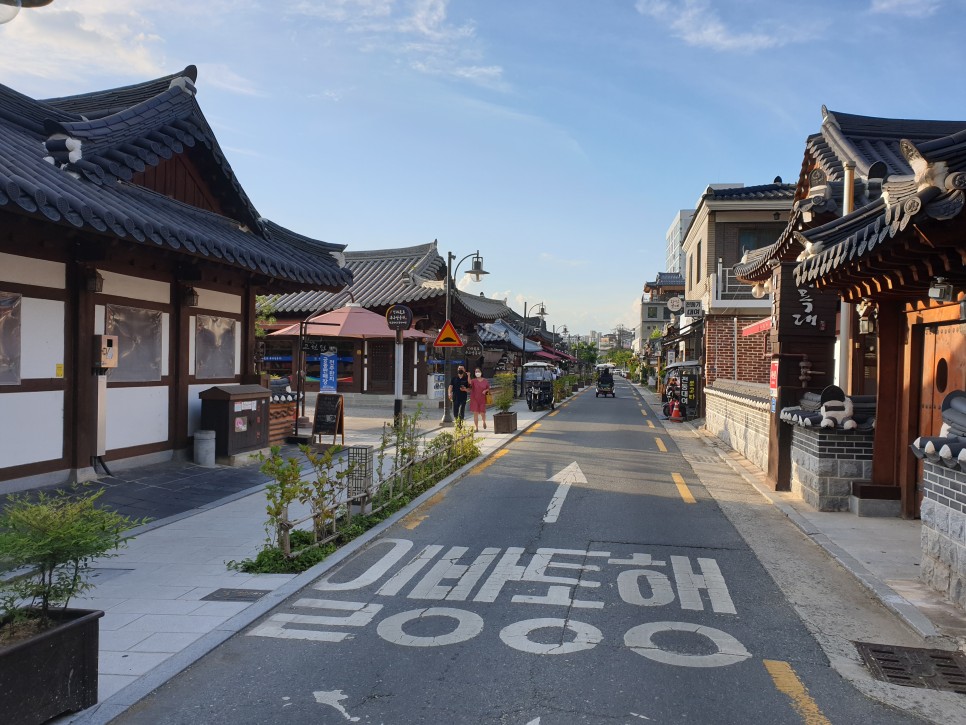
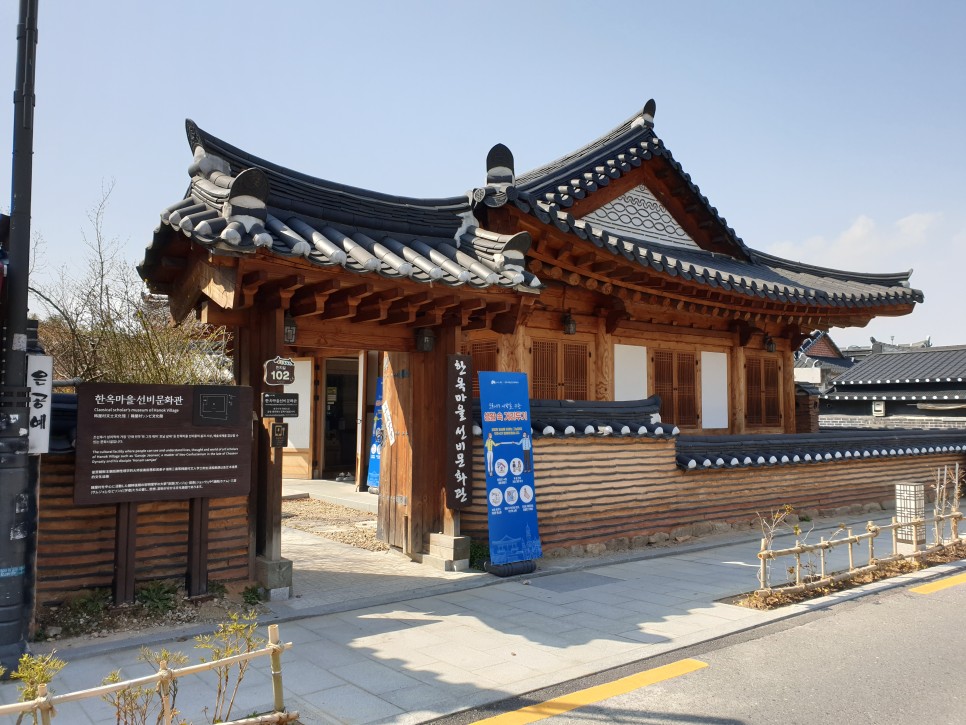
I descended from the Omokdae Pavilion and arrived at Jeonju Hanok Village entrance.

I walked straight past Jeonju Craft Exhibition Hall, towards the Gyeonggijeon Shrine.

This is the entrance of the Gyeonggijeon Shrine. I finished walking Jeonju Hanok Village Dulle-gil Trail. I loved the scenery of the trail. Walking the trail is a fun and healthy way to travel Jeonju Hanok Village!


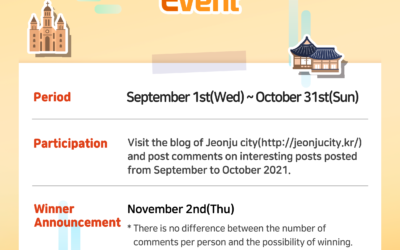

39 Comments